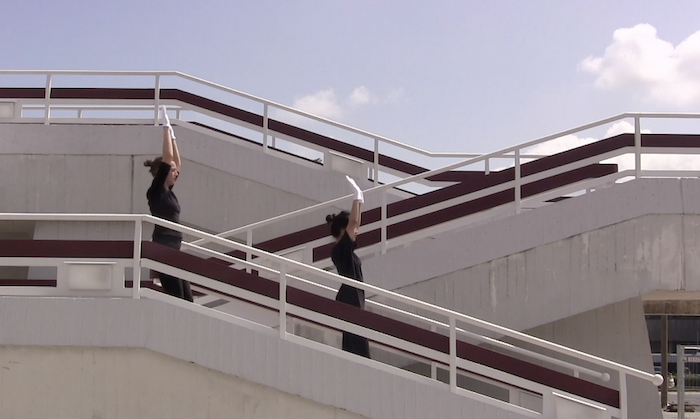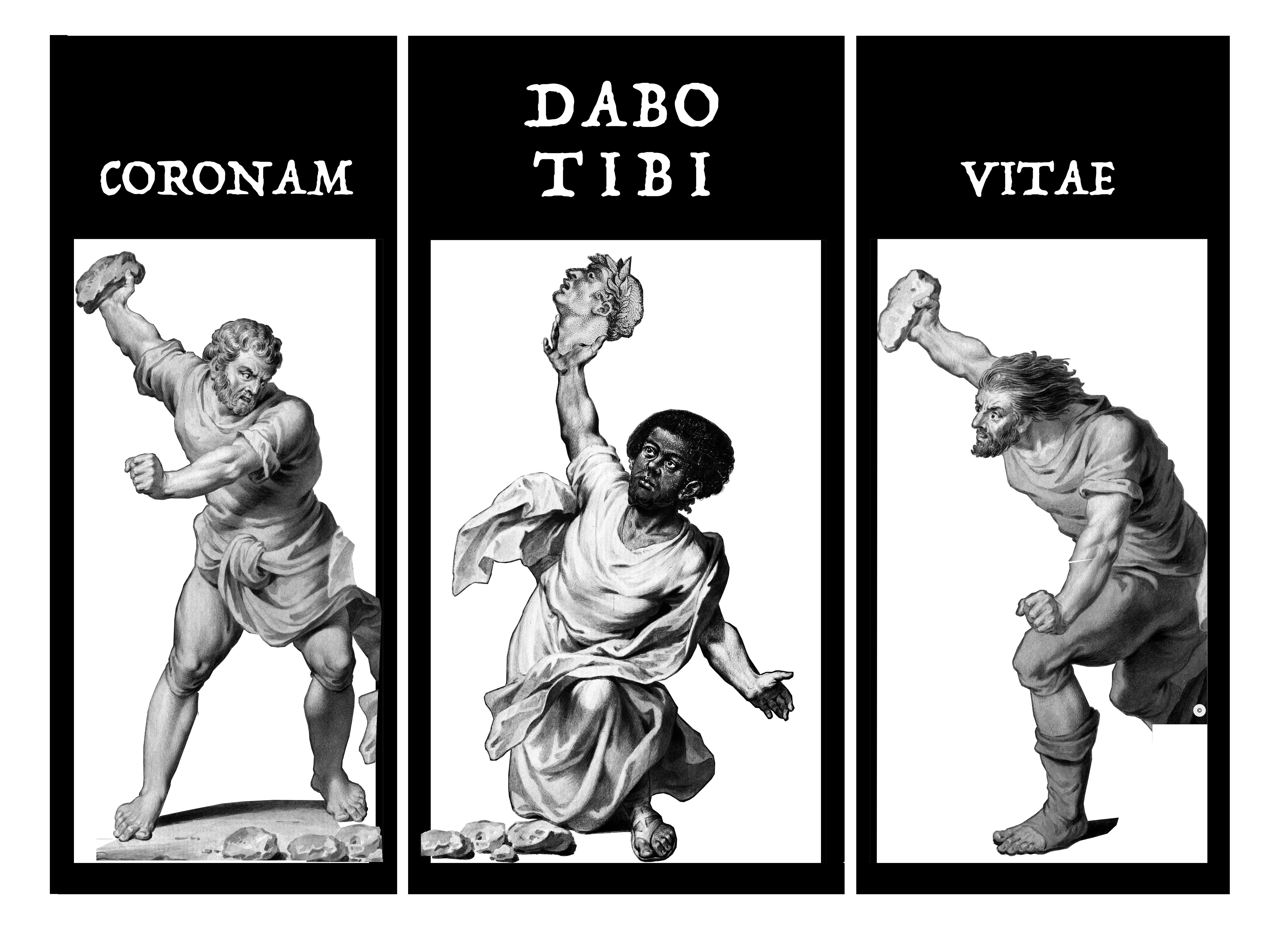
Welcome to Our new portfolio
Dabo Tibi Coronam Vitae/C(a)esar as St. Maurice as St. Stephen
2023
Digitally printed fabric panels
Borrowed from Bard College’s motto, “Dabo Tibi Coronam Vitae” (I Will Give Thee the Crown of Life), this project takes the theme “To Be Named” as it literally applied to those individuals enslaved by many of the Hudson Valley’s most historic families, including the household of Dr. Samuel Bard, (grandfather to the founder of Bard College) who, in 1815, put out a “runaway” ad for “a Negro man named Cesar, somewhat deranged, [who] may be wandering about perhaps near Poughkeepsie.”
Cesar is represented here as an amalgamation of three historical figures: St. Stephen, St. Maurice, and Julius Caesar. Centered on the enraptured figure of Jacobus Buy’s 1795 “Stoning of St. Stephen,” the face of Bard College’s patron saint is substituted with one of the earliest depictions of Africans in Christian Art, that of St. Maurice, by Lucas Cranach the Elder from 1520. The transformed Black figure of St. Maurice as St. Stephen holds in his hand the head of Julius Caesar as depicted in “The Death of Julius Caesar” by Ludwig Gottlieb Portman from 1801.
As of yet, we know little more about Cesar other than he may have had a “deranged” notion to flee the household of the man who had named him after the most notorious military general in Western history. It is said that in order to cross the Adriatic Sea undetected, Julius Caesar once disguised himself as a slave. Could the Black man named Cesar have taken his destiny as seriously as his namesake and disguised himself as a free man in order to cross over to self-emancipation undetected?
As a person of mixed race, I am always sensitive to the evidence of cultural hybridization that is the result of colonization and slavery — events which make up the DNA of this country, as well my own.





